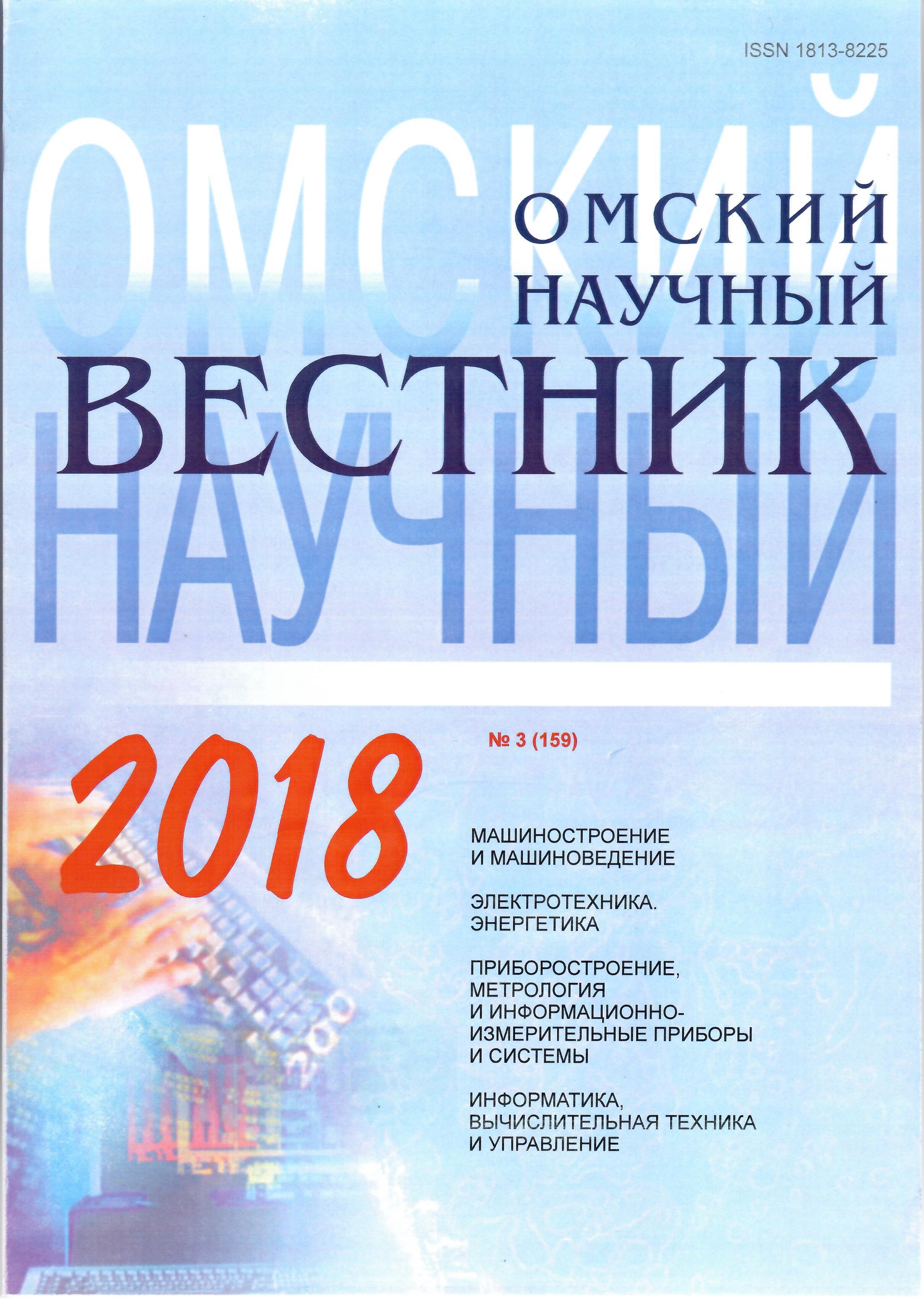Formation and structural studies of integrated membranes based on channel silicon
DOI:
https://doi.org/10.25206/1813-8225-2018-159-59-63Keywords:
porous silicon, scanning electron microscopy, membranesAbstract
A method for obtaining structures for integrated membranes based on channel silicon is proposed. In this work features of the
formation of through channels in electronic silicon are considered depending on the composition of the electrolyte, the concentration of charge carriers and anode etching regimes. It is shown that porous structures in the form of «bottlenecks» are formed under the used regimes. It has been established that in the electrolyte based on HF: C3H7OH, to obtain porous layers with a thickness of more than 100 μm, it is necessary to interrupt the anodic etching process, which is due to the feature of pore formation. For the electrolyte based on HF: (CH3)2CO, the duration of etching may be longer, which is associated with a higher solubility of hydrogen in acetone than isopropanol. The average pore diameter in this electrolyte grows more slowly with depth compared to the use of the HF: C3H7OH electrolyte. This effect can be explained by facilitating diffusion in the structures of not only hydrogen but also fluoride ions.
Downloads
Published
How to Cite
Issue
Section
License
Non-exclusive rights to the article are transferred to the journal in full accordance with the Creative Commons License BY-NC-SA 4.0 «Attribution-NonCommercial-ShareAlike 4.0 Worldwide License (CC BY-NC-SA 4.0»)




